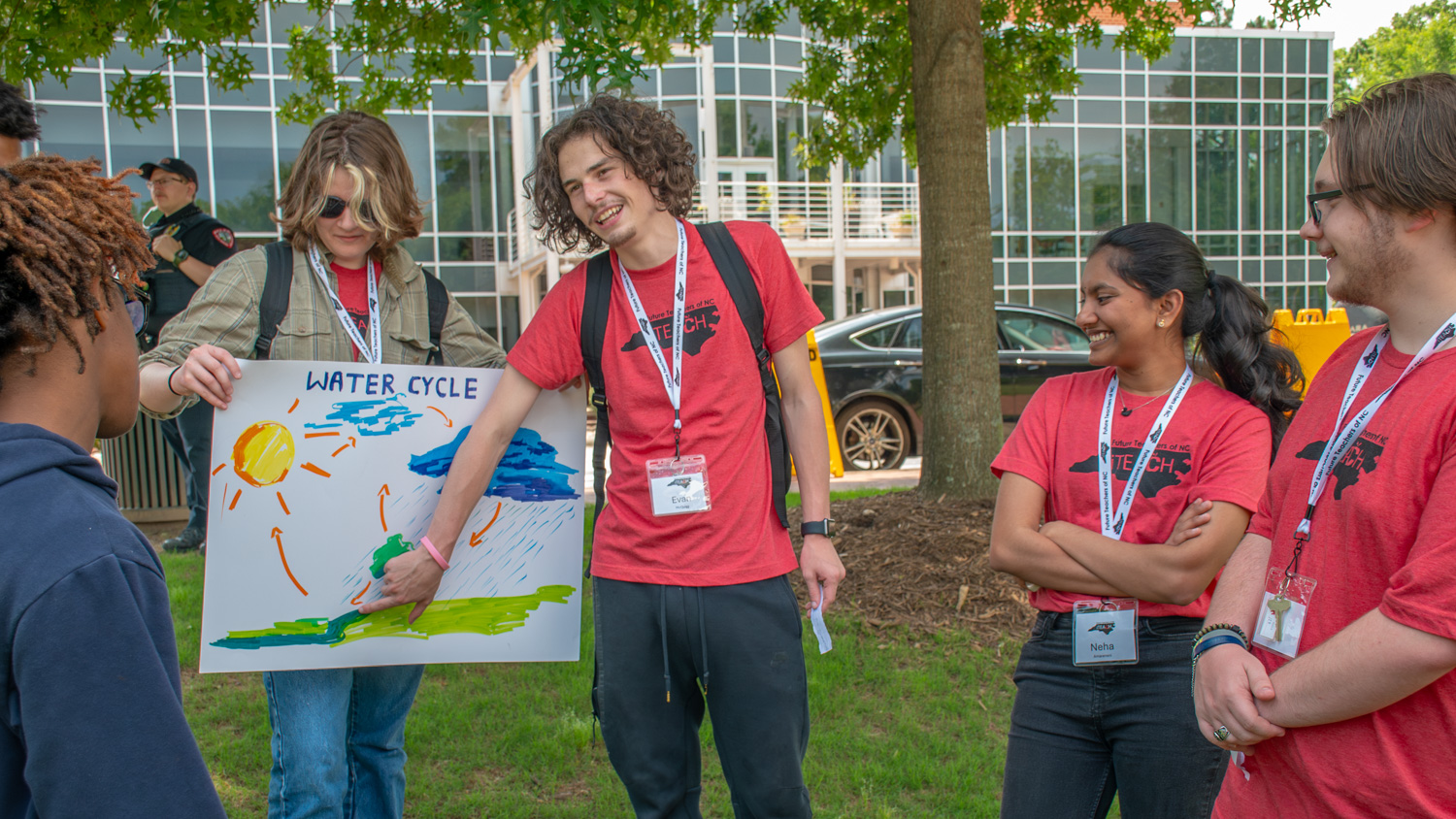Entertaining the Kids: Home Makerspace Can Keep Children Entertained, Inspire Creativity Indoors During Winter Months, says METRC Assistant Director Laura B. Fogle


This piece was authored by METRC Assistant Director Laura B. Fogle to assist parents and caregivers who are interested in finding creative ways to keep their children entertained as the combination of the ongoing coronavirus pandemic and the onset of winter keep people inside.
[spotlight-box label=”” img=”” heading=”Research Shows Benefit of Makerspaces” cta=”” url=””]
There are a variety of online resources for parents and caregivers who may be interested in learning more about makerspaces and the benefits they can provide for children.
Making the Most of a Makerspace
The Maker Movement: A Learning Revolution
Launch Using Design Thinking to Boost Creativity and Bring out the Maker in Every Student
Invent to Learn: Making, Tinkering, and Engineering in the Classroom by Sylvia Libow Martinez
[/spotlight-box]
As the hours of daylight get fewer and the temperatures get colder, people tend to spend more time inside. Parents and caregivers may be looking for activities to occupy children without screens during the winter months.
A home makerspace can engage kids in hands-on activities, while stimulating creativity and building problem solving skills. The purpose of a makerspace, whether it’s in your home or within a school, is to provide the resources and space to allow for experimentation and open-ended creation. A home makerspace can inspire hours of creative experimentation with educational benefits.
How to build a makerspace to inspire
Parents and caregivers don’t need a formal makerspace like the one the College of Education has in METRC to get children creating. The key elements of a makerspace are open ended materials, tools and a workspace that can get messy. The specific materials, tools and the size of the space depend on the types of projects you want to create. A portable storage container filled with an assortment of fabric, craft materials, scissors and glue might appeal to some, while a workbench with wood scraps and hand tools will speak to others. When my children were young, I kept a bag stocked with an assortment of supplies from wire and paint to pliers and cardboard tubes in a closet near the kitchen table. Over the years, my two daughters were inspired to create robots, buildings and creatures of many kinds.
[spotlight-box label=”” img=”” align=”left” heading=”Tips for Setting Up Your Space” cta=”” url=””]
For parents and caregivers unsure about where to begin in building an at-home makerspace, I suggest the following resources:
Instructables: Create a Makerspace for Kids
Modular Robotics: Creating a Makerspace at Home
Mein Company: How to Create a Makerspace at Home During a Pandemic
[/spotlight-box]
Process and Project ideas
To encourage children to connect with their creativity and build their problem solving skills, parents and caregivers should focus on the process and not the final product. A child’s solution to problems or project ideas may be different than what the adult had in mind. Parents and caregivers can encourage their children by asking questions about their designs and prompting them to reflect on the process. For example:
- How did you join these two pieces?
- What is your favorite part of your creation?
- What would you change if you made it again?
- What was the hardest part of making this?
Parents and caregivers can also use a variety of online resources to inspire kids to get creative, including an idea generator hosted by PBS Kids that can suggest ideas based on the materials available in the home as well as a collection of links I helped curate that includes more than 80 project ideas.
Setting aside time and space for making with children helps them build persistence and confidence in problem solving. And you may end up with some cool creations too!
Books to Inspire Creativity
Want to inspire your children to get creative? I recommend the following books to support making among youth.
- The Most Magnificent Thing by Ashley Spires
- The Boy Who Harnessed the Wind by William Kamkwamba and Bryan Mealer
- Whoosh! : Lonnie Johnson’s Super Soaking Stream of Inventions by Chris Barton
- Rosie Revere’s Big Project Book for Bold Engineers by Andrea Beaty
- Categories:


